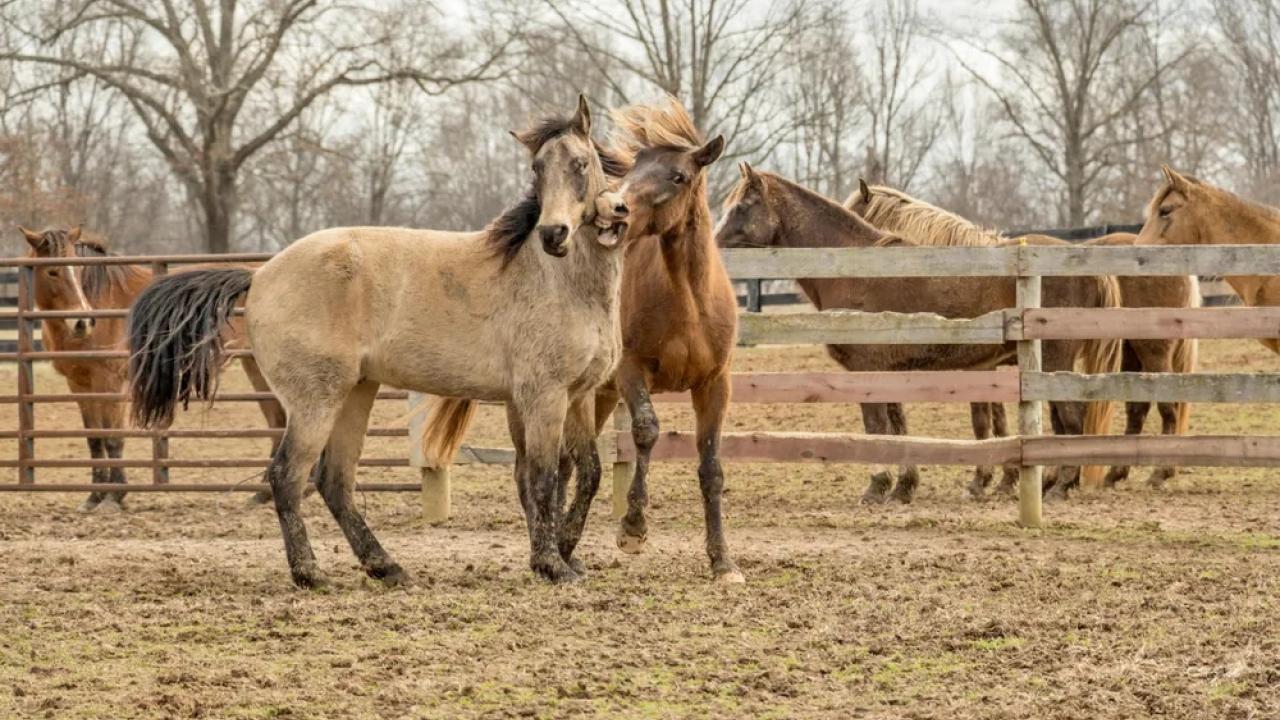
Over the last year in Uruguay, income from horse meat exports remained stable: less was exported but at a better price, with the EU as a key destination.
During the last agricultural year in Uruguay, horse slaughter decreased, as did exports measured in volume, but the inflow of dollars remained stable, based on the fact that a higher price is being achieved per shipped ton, with the European Union leading in a range of destinations that also include Japan, China and the Russian Federation, mainly.
INAC AGRICULTURAL YEARBOOK
In its Agricultural Yearbook, the National Meat Institute of Uruguay (INAC) reported that slaughter fell by 15.1%; that 2.8% less horse meat was exported; that global income remained at around US$ 34 million; and that the average price per ton improved by almost 3%.
The price that Uruguay achieves for a ton of horse meat (US$ 4,445) exceeds that achieved for beef (US$ 4,024/ton), obviously with a huge difference in the volume considered in favor of beef.
Horse meat is also more expensive abroad than sheep meat (US$3,659) and poultry meat (US$751) exported, with slightly less than what is obtained for pork (US$4,560/ton).
AN ALMOST TABOO SUBJECT
This is a sector of the meat industry that is not widely known, based on this, several sources admitted to El Observador , on the value of equine farming in Uruguay, a country where the consumption of this meat is not popular, while the value that the horse has as a companion animal for man, who uses it for work, sport and entertainment, is imposed, especially in rural communities.
IT IS SLAUGHTERED IN ONLY THREE REFRIGERATORS
The slaughter of equines in the 2023/2024 agricultural year involved 47,164 heads, 15.1% less than during 2022/2023.
Industrial activity took place in three complexes: Clay with 30,915 (65.55%); Sarel with 11,095 (23.52%); and Agroindustrial del Este with 5,154 (10.93%).
After a low of 35,995 heads in 2019/2020, the national slaughter rate rose year after year to a maximum of 55,533 horses in 2022/2023, followed by the aforementioned 15.1% drop.
The lowest figure in the last decade was 33,851 horses in 2015/2016 and the highest was in 2022/2023.
EUROPEAN UNION, MAIN MARKET
Regarding the horse meat agroindustry, INAC also reported that in this last mobile year 65% was exported to the European Union; 13% to Japan; 11% to other destinations; 6% to China; and 4% to the Russian Federation.
In total, 7,687 tonnes (shipping weight) were exported to all these markets, 2.8% less volume compared to the 7,912 tonnes in 2022/2023, when there was already a drop of 3.2% compared to the 8,175 tonnes in 2021/2022 (the last year in which growth was expressed, which was notable, 27.6%).
Measured in monetary terms, exports in 2023/2024 reported US$ 34.1 million, an amount almost identical to that of 2022/2023, below the US$ 35.2 million of 2021/2022 which was the highest value achieved in the last decade; US$ 20.5 million in 2015/2016 was the lowest record in that period.
The average export income was US$ 4,445 per tonne in 2023/2024 and is the best record in the last decade, exceeding the US$ 4,321 per tonne of the previous year and with the lowest record in 2020/2021 with US$ 3,725 per tonne.
AWAY FROM BEEF
To measure the weight of this sub-sector in meat exports, it is appropriate to mention that the main segment is beef: in 2023/2024, 527,902 tons were exported for US$ 2,124 million and an average of US$ 4,024 per ton.









